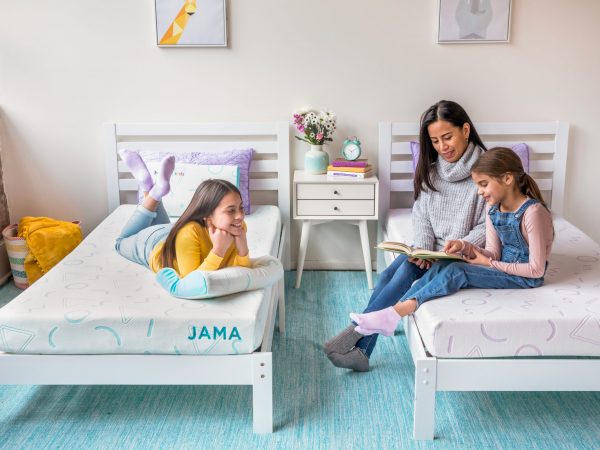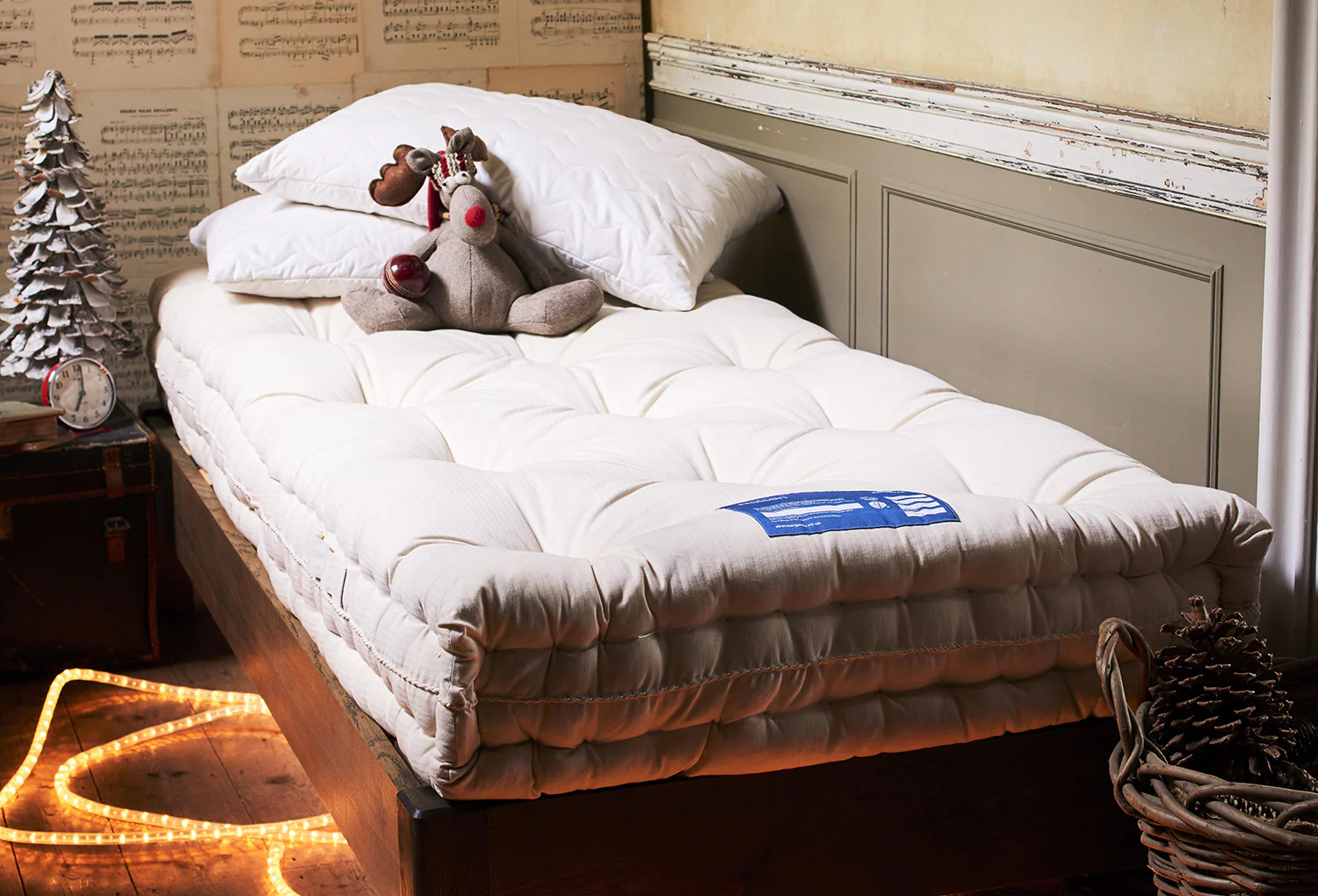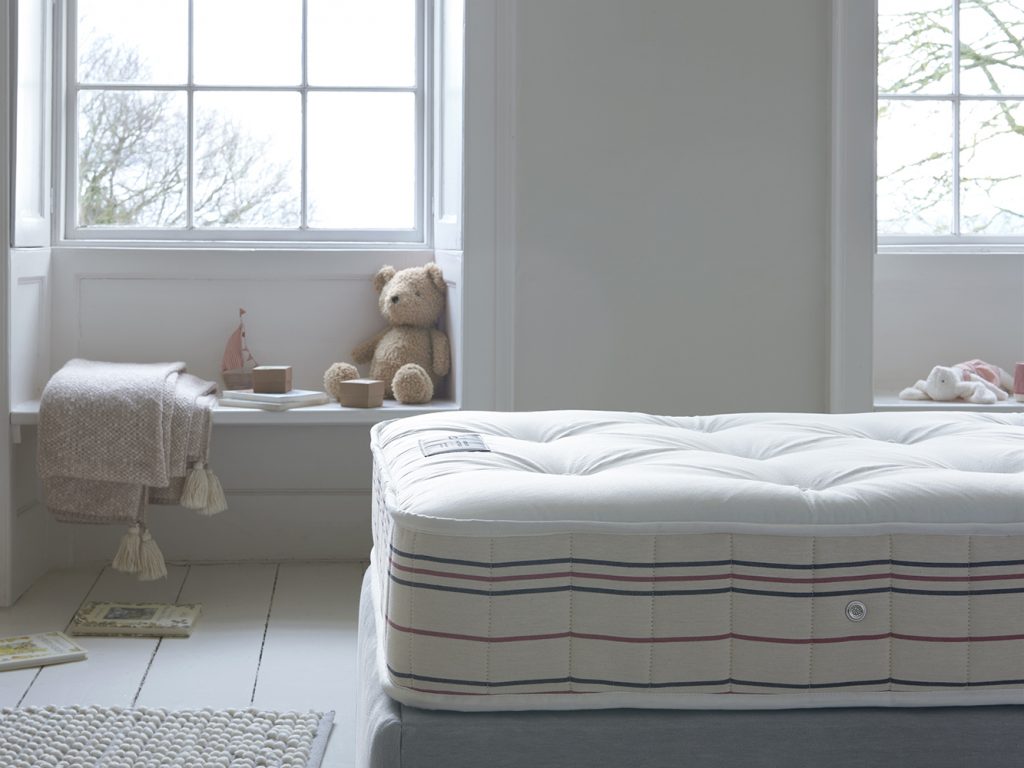12
Jun

Parenting is a tough gig. From the moment your precious bundle of joy arrives, you are thrown into a world of sleepless nights, nappy changes, and endless laundry. And just when you thought you had it all figured out, it’s time to upgrade your child’s mattress.
It’s a daunting task, but fear not! In this simple guide to children’s mattresses, I’ll walk you through everything you need to know to ensure your little one gets a good night’s sleep.
We all know that a well-rested child is a happy child, and a happy child means a happy parent. So, whether you’re furnishing a new kids’ bedroom or just curious about what to look for when upgrading, grab a cup of coffee, sit back, and let’s dive in.
When it comes to buying children’s mattresses, there are a variety of construction options available in the market. Here are the most popular types:
When shopping, it’s important to keep your child’s age and size in mind. Toddlers and younger children need a firmer surface to provide the right amount of support for their developing bodies. On the other hand, older children and teenagers may require a softer bed that conforms to their body shape.

When it comes to size, pick a product with dimensions that correspond to the child’s bed frame. If you don’t have one already, make sure to first pick the right kids’ bed. Although most bedrooms are small and only have room for a single bed, if you do have the space to spare, it’s recommended to choose a bigger bed that your child can grow into with time.
If your child sleeps on their stomach, they’ll need a firmer mattress that prevents their body from sinking. Back sleepers require a medium-firm mattress that provides enough support for their spine, while side sleepers require a softer mattress to reduce pressure points.
If your child has allergies, a healthy sleeping environment can significantly reduce their symptoms and provide them a more pleasant and peaceful night’s sleep. The mattress has to be hypoallergenic, which limits dust mite reproduction and keeps them from irritating allergy patients.
As memory foam and latex are naturally hypoallergenic, they’re a fantastic choice for any youngster who experiences nighttime allergic reactions.
Finding a solution that can help your child stop fidgeting is essential because it can dramatically lower the quality of their sleep. Kids who fidget or move about a lot at night benefit from foam mattresses because they offer enough support to keep them steady and comfortable, which lessens fidgeting.

An edge that has good support offers a sense of security you get when sitting or sleeping close to it. Children may not be able to use the entire surface of the bed if the edge does not feel safe since they may feel as though they could unintentionally roll off. They may also find it more difficult to get into or out of bed if the mattress has a weak edge because it is harder to sit on the edge of the bed.
Cleaning your child’s bedroom furniture regularly is essential for their health and well-being. It can help prevent the buildup of allergens and bacteria that can cause allergies and asthma. Mattresses can also become home to bed bugs, which can cause irritation and allergies.
Regularly vacuum your child’s bed to remove dust, debris, and dirt. You can also use a mattress protector to prevent spills and stains from reaching the mattress. If your child has an accident, immediately blot the area with a damp cloth to remove any moisture.
Understanding when to say goodbye to an old mattress and welcome a new one is important for your child’s well-being. On average, a good quality option can last up to ten years. However, it’s essential to keep an eye on the condition of the mattress regularly.
If you notice any signs of wear and tear, it’s time to consider replacing it. Your child’s sleep quality is essential, and a worn-out sleeping surface can cause discomfort and restless nights.